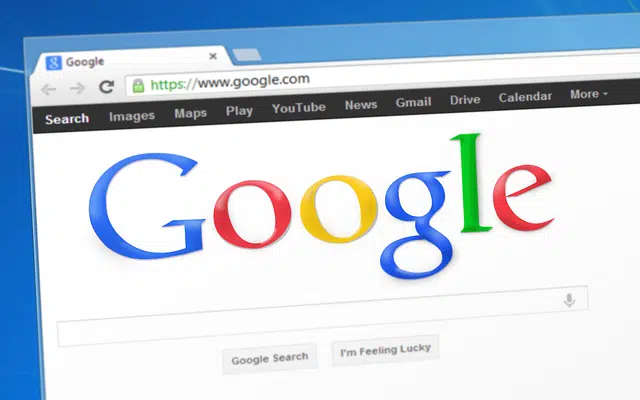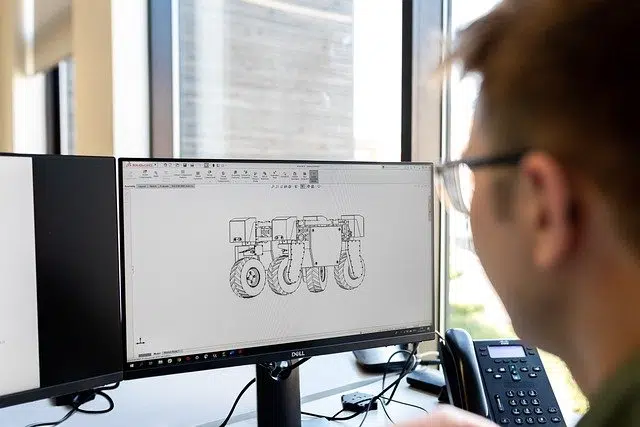
The title bar presents useful information to the user, such as the name of the application that is in use.
The notion of bar has several uses and meanings. It can refer to a piece that is longer than thick; a roll of unworked metal; an iron lever used to move something heavy; the counter of a business; the fans of a team or an athlete; the group of friends that meets regularly; or the graphic sign that, in writing , is used to separate.
Title , on the other hand, can be the word or phrase that identifies the name of a work; the recognition granted to a person for their knowledge, ancestry or other particularity; the legal document that establishes an obligation or grants a right ; or the trophy awarded for an achievement.
What is a title bar
We can, with this overview, focus on the concept of the title bar . It is a component of the graphical interface of a software that presents the identification of the application in use or similar data. The title bar, along with the toolbar and the taskbar , is part of what is known as menu bars .
This element of the graphical interface, which is also known as titlebar or title bar by its name in English, is located at the top of a window and displays a title that corresponds to its content. Other buttons usually appear next to this horizontal bar, such as those that allow you to minimize , maximize or close the window.
For example: When loading a web page in the Mozilla Firefox browser, the title bar will display the title of the site (such as FIFA.com or United Nations Official Site ) next to the name of the software ( Mozilla Firefox ).

The title bar is among the components of the graphical interface of a computer program.
Changes in operating systems
Given the changes that operating systems have experienced at a graphical and structural level in recent years, the title bar is no longer as important as in the past, given that in the era of touch screens and mobile devices it is usually use more symbolic than textual language.
Nowadays, for example, icons have more prominence than ever, and they are generally presented without any legend explaining what they refer to.
The title bar in Chrome
Taking as an example the Chrome browser, one of the most popular today, its design does not have a title bar itself: when you start it, you see a tab that presents the most visited sites and that gives the option to run the applications that the user has installed; Looking at its upper limit it is impossible to know what program it is if it has not been seen before, although on that first screen there is a Chrome logo located at the bottom of the window.
Once a user starts using Chrome to visit websites, there is no longer any indication of the program 's name in sight, but rather it must be deduced solely from its design. However, each page does display its own title in the tab itself, something that all current browsers share. This tells us about an evolution that is supported by the phenomenon of the massification of computing: given that today many more people use computers and electronic devices than two decades ago, the learning curve is usually lower, so it is no longer It is so necessary to remember the name of an application every second.
Furthermore, given the experience of users, they have become more demanding than ever, and this also explains the importance of having a unique and striking design, easy to understand and with clear advantages over the competition. At the beginning of the 90s, most applications were based on a similar design, which responded mainly to the possibilities of the operating system for which they had been developed, and for that reason the title bar was essential.
